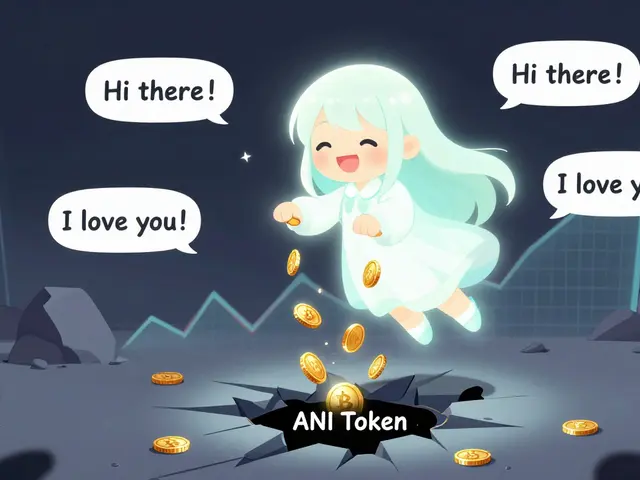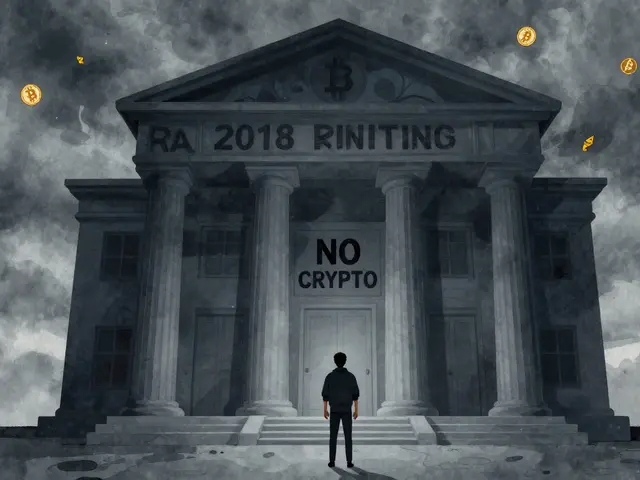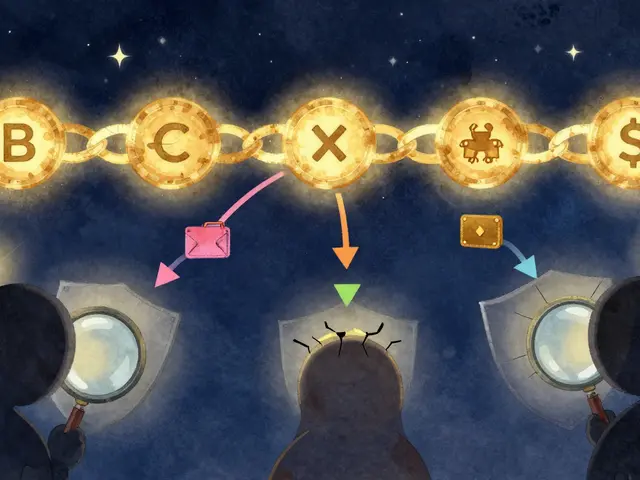Decentralized Identity: The Future of Digital Credentials
When working with Decentralized Identity, a blockchain‑based system that puts you in control of your own data and lets you prove who you are without a middleman. Also known as DID, it replaces the old model where big platforms own and sell your personal info. Decentralized identity lets you store credentials in a wallet, share them with a single click, and revoke access anytime.
Key Building Blocks Behind Decentralized Identity
One of the core ideas is Self‑Sovereign Identity, the principle that individuals, not corporations, own and manage their digital identities. This principle relies heavily on Zero‑Knowledge Proof, a cryptographic technique that proves a statement is true without revealing the underlying data. Together they make a privacy‑first stack: you can prove you’re over 18, a citizen of a country, or a member of a community without exposing your full birthdate or address. Another powerful use case is in DAO, decentralized autonomous organizations that need reliable member verification. By tying DAO membership to a decentralized ID, councils can vote, allocate treasury funds, or enforce multisig rules with confidence that each participant is who they claim to be.
Beyond the theory, real‑world tools are already using these pieces. NFT platforms are turning token metadata into verifiable credentials – think of a concert ticket that doubles as a proof of attendance stored in your wallet. Multisig wallets for DAO treasuries often require a DID‑based second factor, ensuring only authorized signers can move funds. Even airdrop campaigns, like those covered in our articles, now ask participants to link a decentralized ID to prevent fraud. All of these examples show how decentralized identity is becoming the glue that holds modern Web3 services together.
In the collection below you’ll find deep dives into airdrop mechanics, wallet security tricks, NFT verification methods, and the legal landscape shaping identity on‑chain. Whether you’re a developer building a credential system, a trader wanting to protect your privacy, or just curious about how your next login might look, these posts give you actionable steps and the latest insights. Let’s explore the practical side of decentralized identity together and see how each piece fits into the broader Web3 ecosystem.
Decentralized Identity 2025: Trends, Tech, and Market Outlook
Explore the 2025 state and future of decentralized identity, covering tech, adoption, benefits, challenges, and implementation steps for enterprises.





